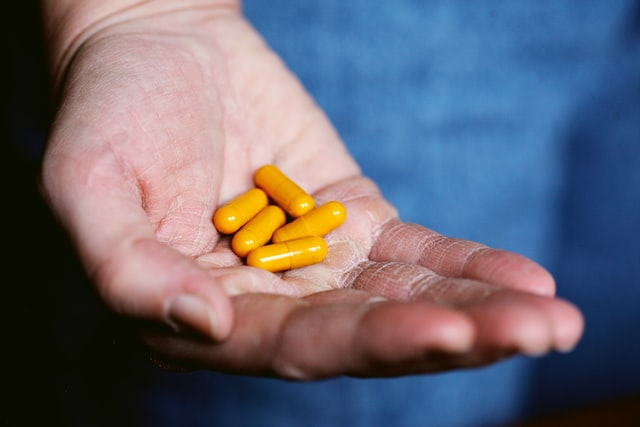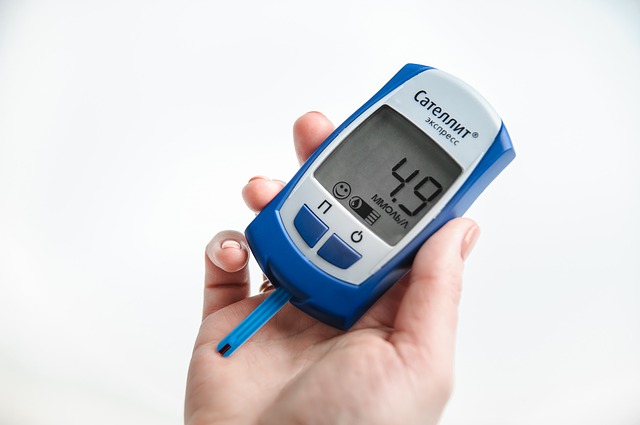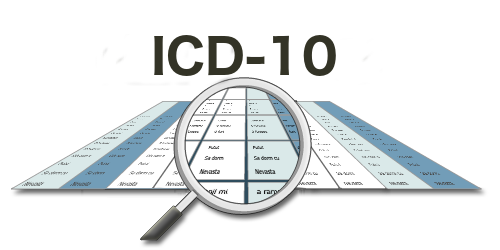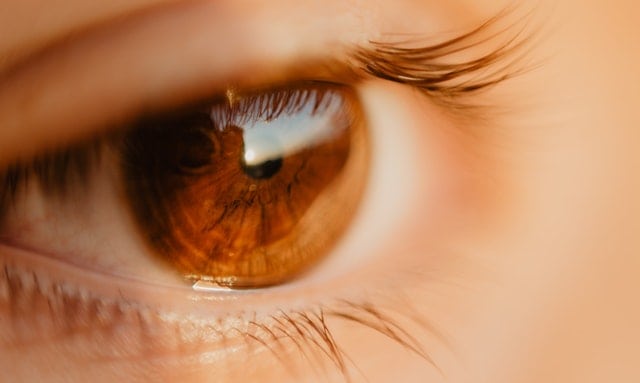
An estimated one third of people who suffer from diabetes are not aware that they have the disease. Very often, a visit to the eye doctor for unexplained blurry vision or sudden eye problems serves as the mechanism through which diabetes is diagnosed.
Contents
Do you suffer from blurry vision?
Blurred or “out of focus” vision or any rapid changes to your vision can be an early sign of diabetes. Surprisingly, your diabetes related blurry vision could be caused by any of these factors:
- Hyperglycemia - High blood sugar levels can cause fluid shifts and swelling of your eyes which moves the lens closer to or away from the retina, causing blurred vision.
- Hypoglycemia - Low blood sugar levels cause changes in your brain, preventing your ability to focus.
- Rising and falling blood sugar levels. Fluctuating blood sugar levels can cause fluctuating vision as your eye changes in size and distance from lens to retina.
- Your body adjusting to a new insulin or a new dosage of insulin. New insulin levels or new medications may cause shrinking and swelling leading to vision changes.
If the underlying causes are identified and addressed, these vision changes are relatively short term and temporary. However, uncontrolled diabetes or chronic (long term) hyperglycemia or hypoglycemia can lead to permanent damage to your vision.
Long Term Effects Of Diabetes On Your Vision
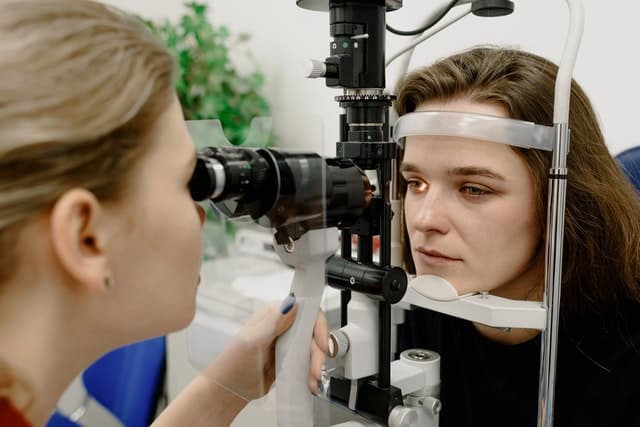
Uncontrolled diabetes (and blood sugar) or chronic high blood sugar will eventually lead to diabetic retinopathy and possibly diabetic macular edema. Both conditions can lead to glaucoma, a buildup of pressure within the eye.
Diabetic Retinopathy
Diabetic retinopathy is the most common complication of the disease in the eye. According to the National Institute of Diabetes and Digestive and Kidney Diseases (NIDDK), “one in three people with diabetes who are older than age 40 already have some signs of diabetic retinopathy.
Diabetic retinopathy is the most common cause of vision loss in people with diabetes. Each person’s outlook depends in large part on regular care. Finding and treating diabetic retinopathy early can reduce the risk of blindness by 95 percent.”
Untreated or improperly treated diabetic retinopathy often leads to additional vision disorders including cataracts and glaucoma which are generally easy to detect and treat in non diabetics. Retinopathy is not that easy to spot and it is important to get regular eye examinations annually as part of the ongoing treatment for diabetes.
Stages Of Diabetic Retinopathy
Background Retinopathy - Background retinopathy is the early stage of the condition. It is part of the micro vascular disease process whereby retinal blood vessels are affected by the thickening of the base membrane and the decrease in healthy cells around the blood vessels.
This causes the blood vessels to become weak and they are prone to develop micro aneurysms or small dilations in the blood vessel. They appear as red dots at the back of the eye. Over time they will disappear however they are a sign that the vessels are weakened and may burst or rupture at some later time.
If this occurs blood is released to form retinal hemorrhages and hard exudates. Exudates are essentially scars from previous hemorrhages. If they occur in the macular area of the eye (where the lens focuses an image at the back of the eye) then vision loss will occur.
Proliferative Retinopathy - Proliferative retinopathy is the second stage. As there is less blood flow to the eyes the body compensates by producing more capillaries to supply blood to the eye. This is where the term proliferative comes from, the capillaries are multiplying across the eye, particularly in the vitreous body.
If these capillaries hemorrhage they will cloud the vision. As they heal they will clot or become fibrotic. They can pull the retina during this stage and cause retinal detachment and loss of vision.
Treatment - Treatment for diabetic retinopathy involves laser surgery to cauterize blood vessels and capillaries that may be a cause for concern. The other alternative is to keep blood sugar levels low and consistent.
As this is a never ending task it is important to understand how food affects blood sugar levels. You should implement a diabetic diet plan that includes eating regularly and eating the right kinds of foods. You should also implement an exercise regime as part of the ongoing treatment.
Complications - If you develop diabetic retinopathy, you will be twice as likely to also develop glaucoma or cataracts. Glaucoma occurs when new blood vessels grow in the iris (colored part) of your eye. These new blood vessels can disrupt fluid flow in your eye and raise the eye’s internal pressure.
Glaucoma is a difficult disease to treat and often requires laser surgery to reduce the blood vessels in the iris and on the retinal surface. Cataracts are the clouding or fogging of the lens of your eye. In many cases you will notice this in the lens of one eye only.
Type 2 Diabetes And Cataracts
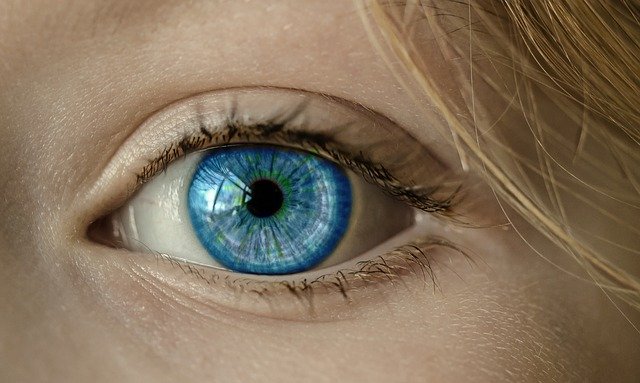
Type 2 diabetics have significantly more cataracts than non-diabetics, and those with higher HbA1c levels (a measure of glucose control) have a higher rate of cataracts than those with good control of their diabetes.
Cataracts are lenses that have become opaque. Your lenses are made of neatly arranged protein molecules and water that allow light to pass through them. Cataracts become opaque to light when the protein molecules form clumps.
The American Academy of Ophthalmologists, estimates that over 22 million Americans aged 40 and above have cataracts related to diabetes. By the age of 80, more than 50 percent of Americans are diagnosed with cataracts.
According to the World Health Organization, cataracts are the main cause of blindness in middle and upper income countries where Western diets and the risk for Type 2 diabetes is prevalent.
Diabetes Diet And Cataract Prevention
The causes of cataract formation are only partially understood, but free radicals that form in the lens are suspected to contribute. Free radicals have also been implicated in the development of Type 2 diabetes. Free radicals are formed when oxygen reacts with molecules. Once free radicals are produced, they can do damage to your cells and cell membranes. Consuming antioxidants is one way of lowering free radicals and reducing their damage.
Fruits and vegetables are good sources of antioxidants such as vitamin E, vitamin C, and vitamin A. Although there are no direct studies on plant-based foods and cataracts, fruit and vegetables are known for their high nutrient, high fiber, low-calorie qualities and their value in treating Type 2 diabetes.
Examples of fruits and vegetables that rank high in antioxidants include:
- Cranberries, blueberries, and blackberries.
- Apples and dried fruits.
- Red beans and russet potatoes.
- Broccoli, cauliflower and artichokes.
- Pecans, walnuts and hazelnuts.
Other methods of preventing or reducing your risk for cataracts and blurred vision include:
- Maintaining a healthy body weight.
- Controlling your blood pressure.
- Controlling your blood glucose and managing your HbA1c.
- Not smoking.
- Wearing sunglasses to prevent UV ray damage.
- Regular vision check-ups to detect cataracts in their early stages.
Symptoms of cataracts include blurred vision that can’t be corrected with glasses or contact lenses, poor night vision, light sensitivity, seeing stars or halos around sources of light, noticeably fading of colors, and double vision.
Take Control Of Your Type 2 Diabetes And Protect Your Vision
Be Proactive - Being proactive about your vision care, especially if you have, or are at high risk of getting diabetes, should go beyond an annual visit to your optometrist. Diabetes, like many other physical challenges, in at least 33% of cases, is a consequence of obesity. A study performed by the Harvard School of Public Health concluded that being overweight and obese was the single most important factor in determining who would develop Type 2 Diabetes.
Maintain A Healthy Body Weight - Health and fitness professionals advocate a strict program of diet and exercise to both prevent the onset of obesity driven (Type 2) diabetes, and to treat it quickly and effectively if in fact it has already manifested itself. If you first care for your body in a natural preventative or restorative fashion, you protect your eyes, and you can do it naturally.
Control Your Blood Sugar - The most important step in controlling diabetes and protecting your vision is to maintain healthy blood sugar levels at all times. Since each individual responds differently to glucose fluctuations, even a small shift in glucose can register in the eyes.
As a diabetic, if someone told you doing a particular action would result in blindness, you would go out of your way to make sure you never committed that action again. Controlling your blood sugar is one of the easiest ways to prevent blindness, yet many diabetics ignore the advice.
Control Your Cholesterol - Another critical factor to keep under control is blood cholesterol. Cholesterol affects blood flow. It affects blood pressure. It affects fat buildup. It affects heart rate. And so on, and so on. Cholesterol that is allowed to run out of control is like a runaway train, eventually there is going to be a major disaster as a result.
Control Your Blood Pressure - Maintaining proper blood pressure is another key preventive measure you can take. Anytime you apply increased blood pressure to the body, the most sensitive areas will be affected first, and nothing is more sensitive than your eyes.
Stop Smoking - Smoking constricts blood vessels and reduces blood flow. Diabetes also constricts blood vessels and reduces blood flow. One of the most dangerous things a diabetic can do is smoke! Restricted blood flow will eventually cause you to lose circulation to your extremities (your fingers and toes) and cause tissue damage and necrosis.
The combination of smoking and diabetes will destroy your skin, tissues and blood vessels, most importantly, the blood vessels of the eyes leading to loss of vision and blindness.


